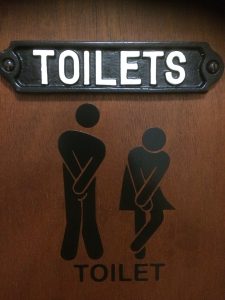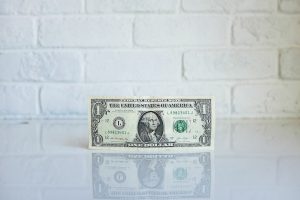The forex market, also known as the foreign exchange market, is one of the largest financial markets in the world. It is a decentralized market where currencies from different countries are traded. With a daily trading volume of over $5 trillion, the forex market is a significant player in the global financial system. But when did it all begin?
The history of forex dates back to ancient times when people used barter systems to trade goods and services. The earliest forms of currency were shells, beads, and precious metals like gold and silver. As trade between different regions increased, so did the need for a standardized form of currency.
The first recorded use of paper money was in China during the Tang dynasty in the 7th century. It was later adopted by other countries like Japan, Korea, and Vietnam. The use of paper money made trade easier and more efficient, but it also led to the need for currency exchange.
The modern forex market as we know it today began to take shape in the 19th century. With the growth of international trade and commerce, there was a need for a standardized form of currency exchange. The gold standard was established in 1875, which meant that the value of a currency was tied to the value of gold.
The gold standard helped to stabilize international currency exchange rates, but it was also restrictive. Countries had to maintain a fixed exchange rate with gold, which limited their ability to respond to economic changes. The gold standard was eventually abandoned in the 20th century.
The Bretton Woods Agreement of 1944 marked a significant turning point in the history of forex. The agreement established a new international monetary system, which allowed for the exchange rates of currencies to be fixed against the U.S. dollar. The U.S. dollar was then fixed to gold at a rate of $35 per ounce.
Under the Bretton Woods system, central banks were responsible for maintaining the exchange rates of their currencies. They could buy or sell their currencies in the foreign exchange market to keep their exchange rates within a narrow band. The system worked well for a while, but it was eventually abandoned in 1971 due to the growing imbalances in international trade and the rising inflation in the U.S.
Since the collapse of the Bretton Woods system, the forex market has evolved into a decentralized market. Today, the forex market is open 24 hours a day, five days a week, and is accessible from anywhere in the world. The market is driven by a variety of factors, including economic data, geopolitical events, and market sentiment.
The forex market is now the largest financial market in the world, with a daily trading volume of over $5 trillion. It is a highly liquid market, which means that traders can buy and sell currencies quickly and easily. The market is also highly volatile, which means that traders can make significant profits, but they can also incur significant losses.
In conclusion, the forex market has a long and fascinating history that dates back to ancient times. It has evolved from a barter system to a decentralized market that is accessible to traders from all over the world. The forex market is now an essential part of the global financial system, and it plays a vital role in facilitating international trade and commerce.






